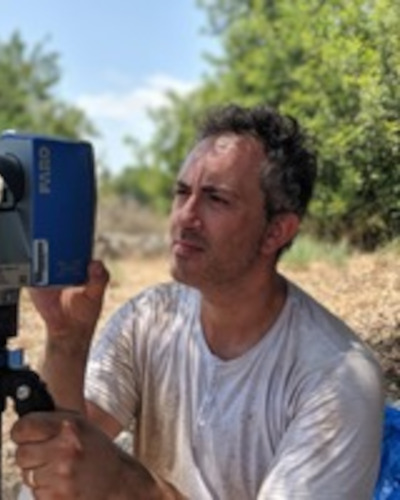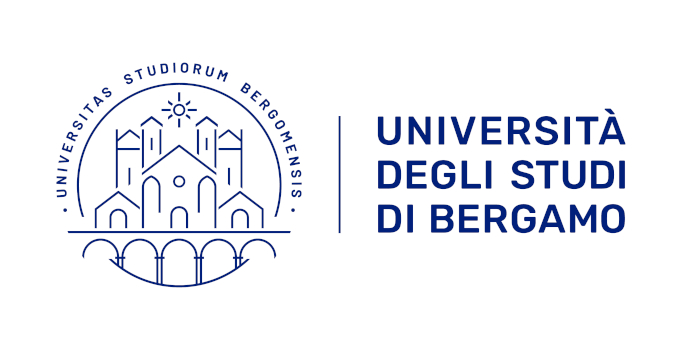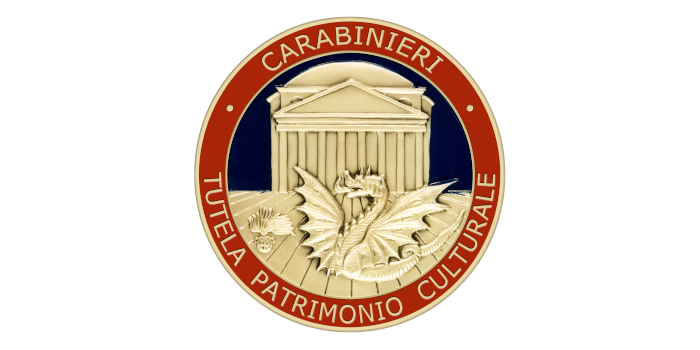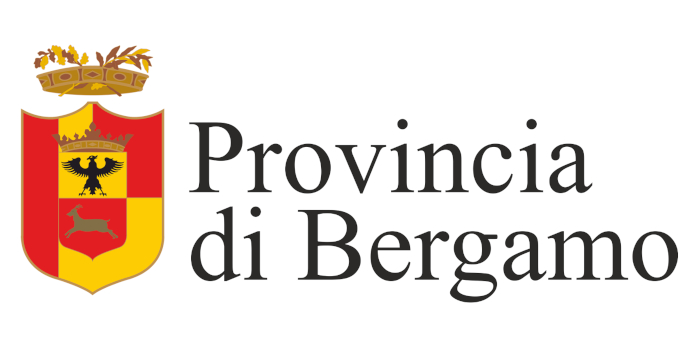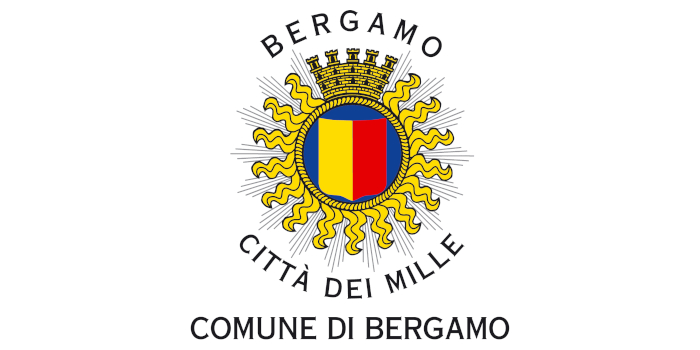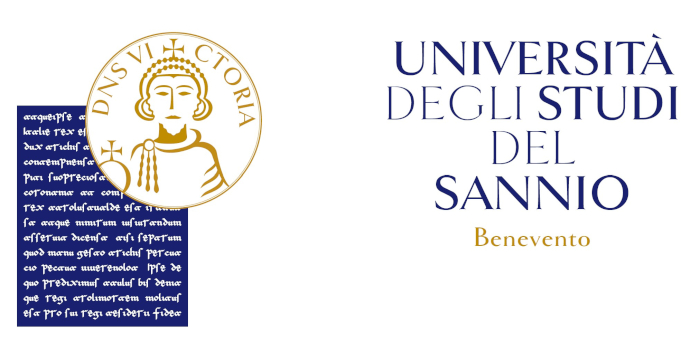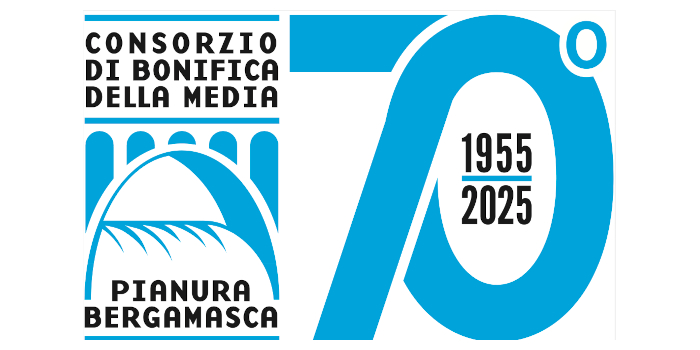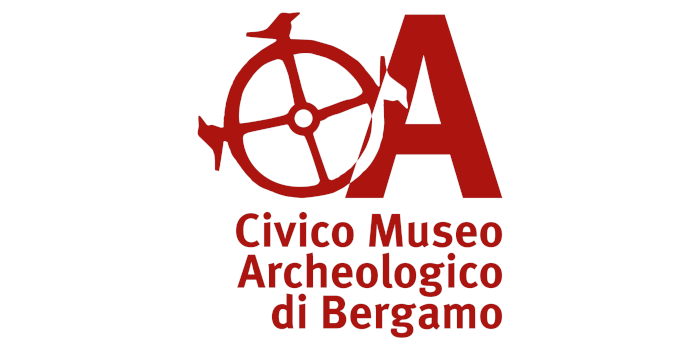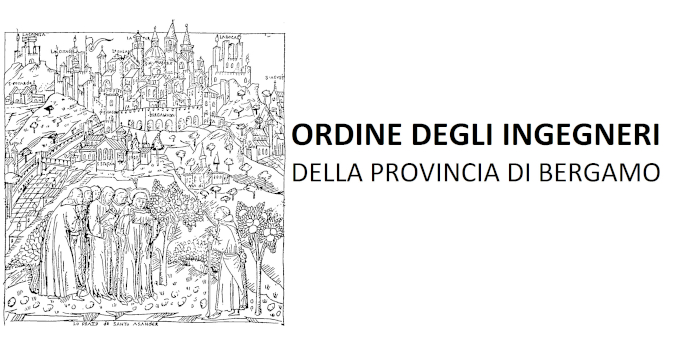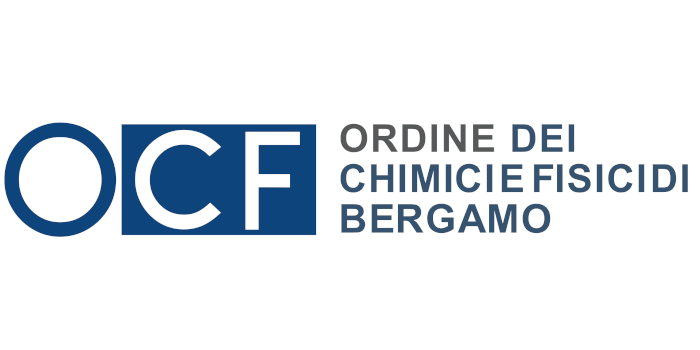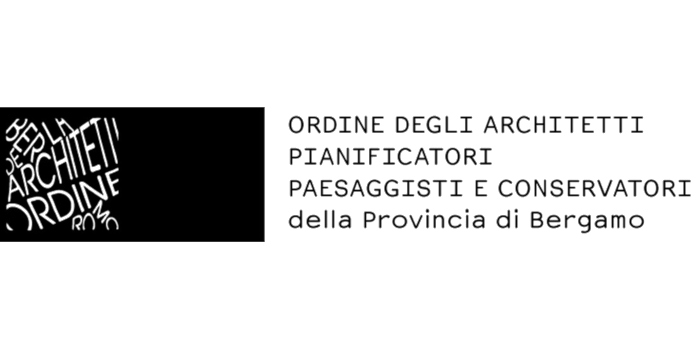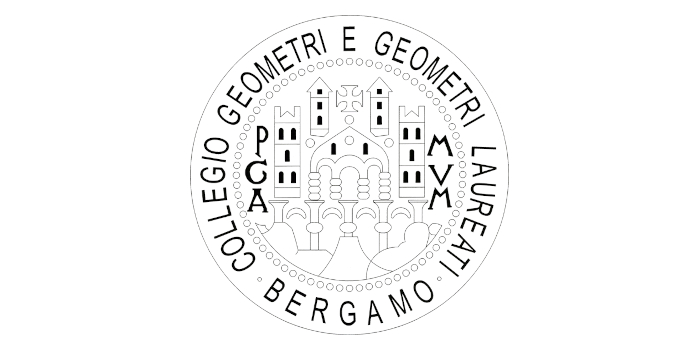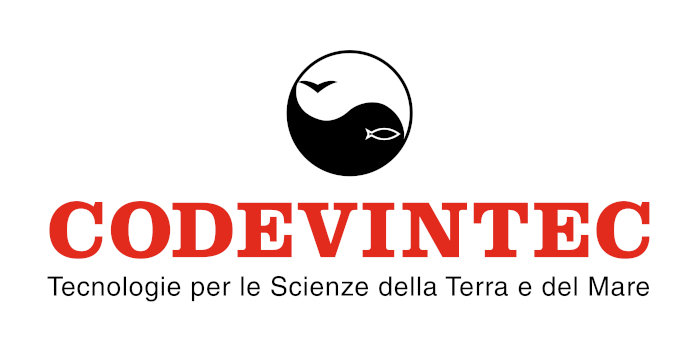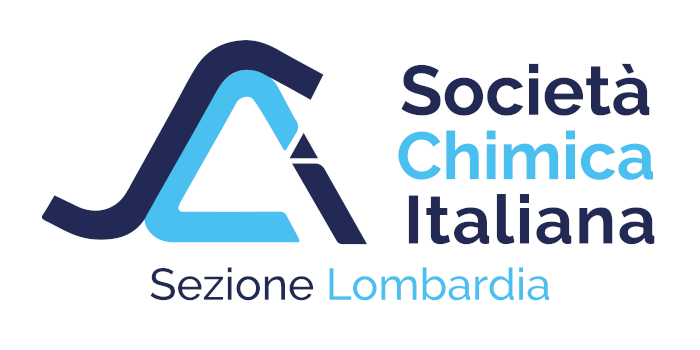SPECIAL SESSION #19
Advanced Metrological Approaches for the Study and Transmission of Prehistoric Material Culture
ORGANIZED BY
Dario Calderone
Institute for Digital Cultural Heritage Studies, Ludwig Maximilian University of Munich
Paolino Trapani
Department of Mathematics and Computer Science, University of Catania, Italy
ABSTRACT
Prehistoric archaeology possesses distinct characteristics compared to other research fields. Prehistoric archaeologists analyze fragile data and materials in natural settings that can be challenging to access. In recent years, integrating various technologies - such as GIS applications, remote sensing, and multispectral analyses - has greatly enhanced the methods used to analyze and interpret prehistoric archaeological finds. These advancements allow for non-invasive analyses that pose no risk to archaeological assets. Digital scanning techniques like aerial and terrestrial photogrammetry, structured light scanners, and LiDAR technology have also produced high-definition 3D models. These models not only benefit research but also improve the accessibility of archaeological sites, allowing a broader audience to engage with virtual inclusive and comprehensible narratives. Saving time is essential in archaeological research, particularly in light of climate change, which increasingly puts archaeological remains at risk from extreme weather events. Consequently, there is an urgent need for rapid intervention methods that can quickly and effectively identify, catalogue, and examine. Integrating AI-assisted recognition and classification of prehistoric artefacts and digital tools into conservation and restoration workflows is becoming increasingly important.
This special session explores the most recent advances in metrology applied to prehistoric archaeology. It is essential to recognise the unique challenges within this research sector - including the difficulty of identifying archaeological remains, which are often mistaken for natural landscape elements. Conservation is another critical aspect, as these finds are typically very fragile and require constant monitoring and innovative protective solutions. Emphasis will be placed on interdisciplinary approaches that enhance scientific investigation, making it quicker and more sustainable.
Three fundamental values will be prioritised: protecting, enhancing and promoting archaeological prehistoric finds.
TOPICS
Topics of interest for this Special Session include but are not limited to:
- 3D scanning and photogrammetry for prehistoric material culture documentation;
- Multispectral and hyperspectral imaging in prehistoric artifact conservation;
- Scientific methods for material analysis in prehistoric archaeology;
- Digital twins and metrological accuracy in prehistoric site reconstruction;
- AI-assisted recognition and classification of prehistoric artifacts;
- Integration of digital tools in prehistoric conservation and restoration workflows;
- Strategies for the effective transmission of prehistoric archaeological knowledge;
- Innovative scientific approaches for the study and interpretation of prehistoric artifacts.
ABOUT THE ORGANIZERS
Dario Calderone is an archaeologist and postdoctoral researcher at the Institute for Digital Cultural Heritage Studies at Ludwig Maximilian University of Munich, specializing in ancient topography and digital archaeology. He completed his doctorate at the University of Catania 2023. Since 2021, he has collaborated been an Associate Researcher at the University of South Florida’s Institute for Digital Exploration. He has worked on a series of international projects in Italy, Malta, Greece, Germany, and the USA, documenting and conducting research on individual archaeological contexts and landscapes ranging from prehistory to the Roman period and digital applications for the study of archaeology.
Paolino Trapani is graduated in Archaeology and is currently a PhD candidate in “Scienze per il Patrimonio e la Produzione Culturale” at the University of Catania. Starting from 2024 he is a Research Fellow at the Department of Mathematics and Computer Science of the same university, working on the european PNRR project "SAMOTHRACE", developing virtual tours and integrating 3D data and models to create more interactive and instructive digital outputs. Since 2018, he has served as a Research Associate at the Institute for Digital Exploration (IDEx), Department of History, University of South Florida (USA). He has collaborated with several national and international institutions on the documentation, preservation, and dissemination of cultural heritage, acquiring extensive experience in remote sensing, photogrammetry, and 2D/3D digital imaging.
Over the past years, he has been actively involved in multiple excavation projects and digital heritage campaigns, focusing on both Mediterranean archaeology and broader cultural assets. He published numerous scientific papers in journals and international conference proceedings on topics including:
- remote sensing and digital imaging for archaeology;
- 3D documentation and photogrammetry;
- virtual museums and digital communication strategies;
- integrated approaches for archaeological site monitoring and preservation.



